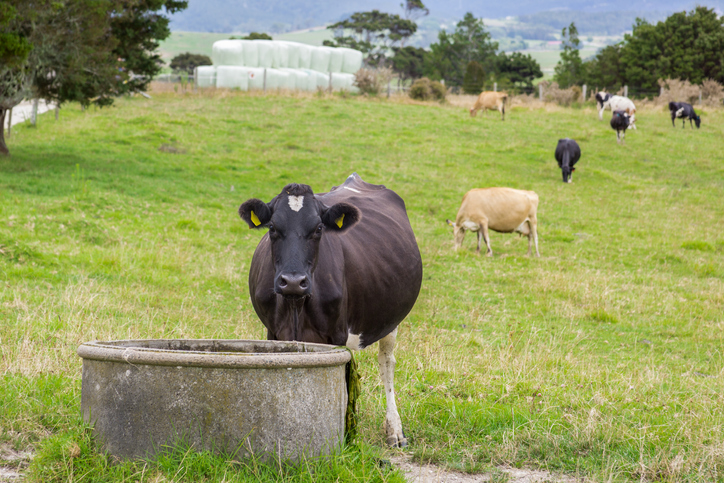The Washington State Department of Ecology is taking public comments until Feb. 3 on a policy change that would require livestock grazers to have a water permit for any water consumed by their animals directly from surface waters in our state.
Since 1969 ranchers’ right to allow their livestock to drink from surface water has been protected under HB 310 which created the implementation of RCW 90.22.010 and 90.22.020. The RCWs require the state to maintain minimum stream flows to provide for stockwatering.
In 1994, Ecology created a policy, 1025, to encourage, but not require, livestock owners to divert water away from streams and into watering tanks for the purpose of stockwatering to improve riparian zones. Nowhere in that policy does it require ranchers to have a water right or permit to capture water to keep their livestock healthy.
The proposed change to Policy 1025 requiring tracking of water consumption from surface water works in a two-fold manner: it either acts as a diversion requirement or forces ranchers who are unable to adopt diversion techniques to abandon surface stockwatering on their grazing lands.
Adaptation to a water diversion system seems straightforward. However, it is a multilayered and expensive challenge to overcome. First, all access to surface water throughout the entirety of a grazing allotment or pasture must be fenced off to keep livestock out. Then, stock tanks must be brought in and placed strategically in various locations throughout the allotment or pasture to take best advantage of the water resources available. Finally, some grazing areas in our state are still accessible only by horseback, making them challenging to access with fencing materials, stock tanks, and other necessary tools, materials, and equipment. All these factors point to why the current Policy 1025 was meant to be an “encouragement,” not a requirement.
Having boots on the ground and understanding how decisions will affect those they are intended to govern is what makes good policy work. This revision of Policy 1025 will put ranchers in the unenviable position of needing to apply for a water permit to estimate how much water their livestock will drink while they are on grazing lands for part of the year.






